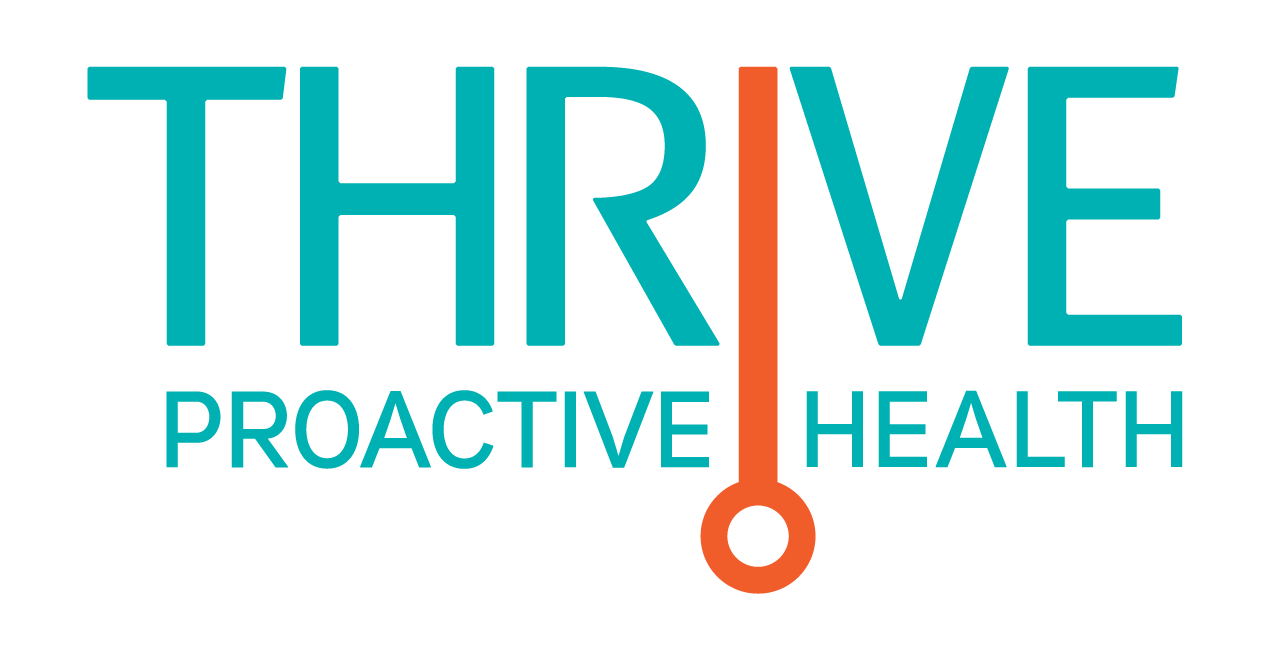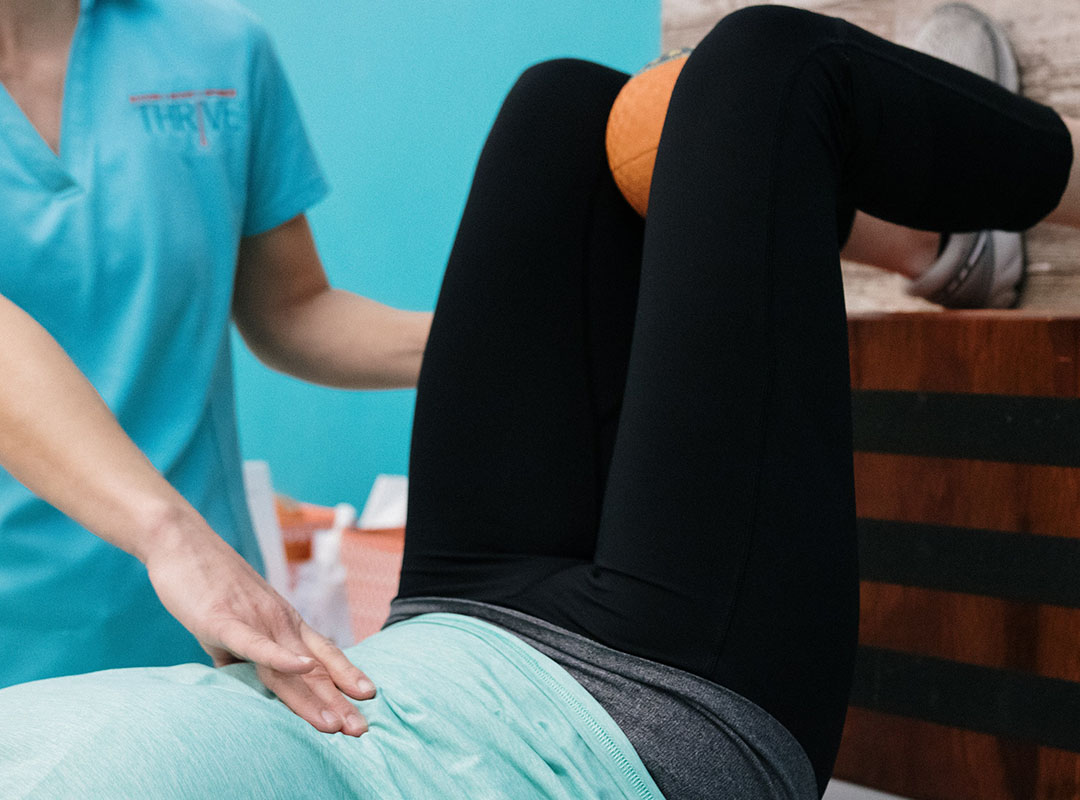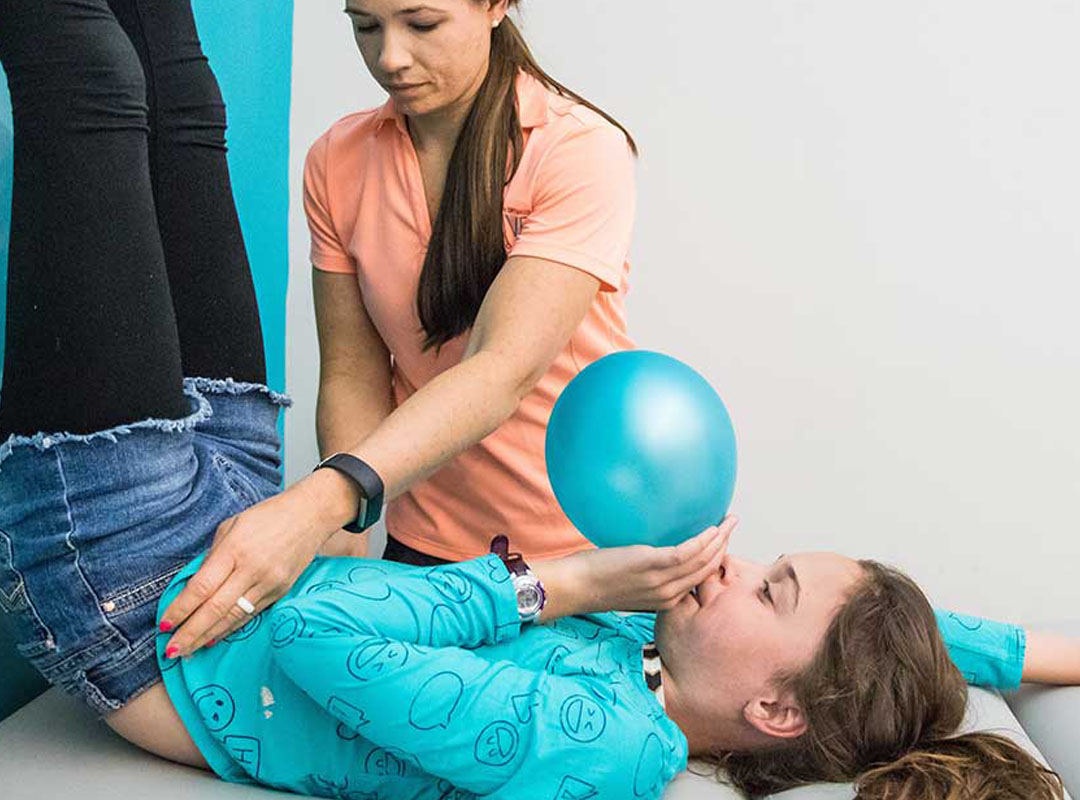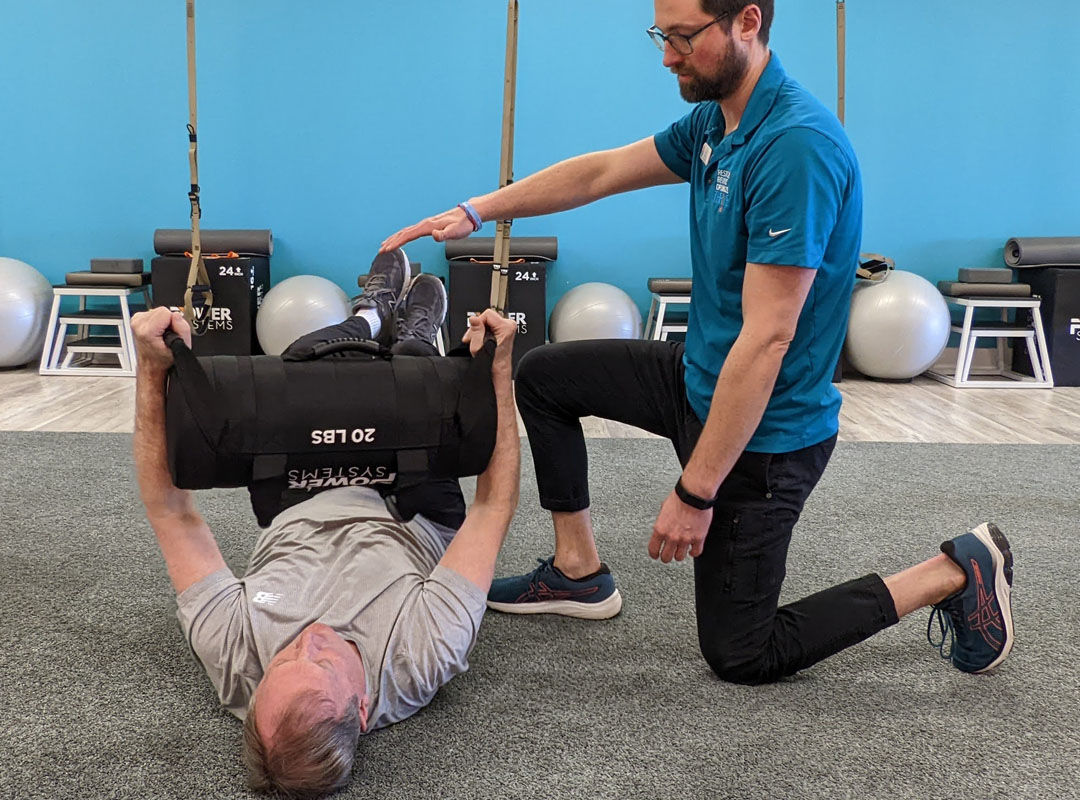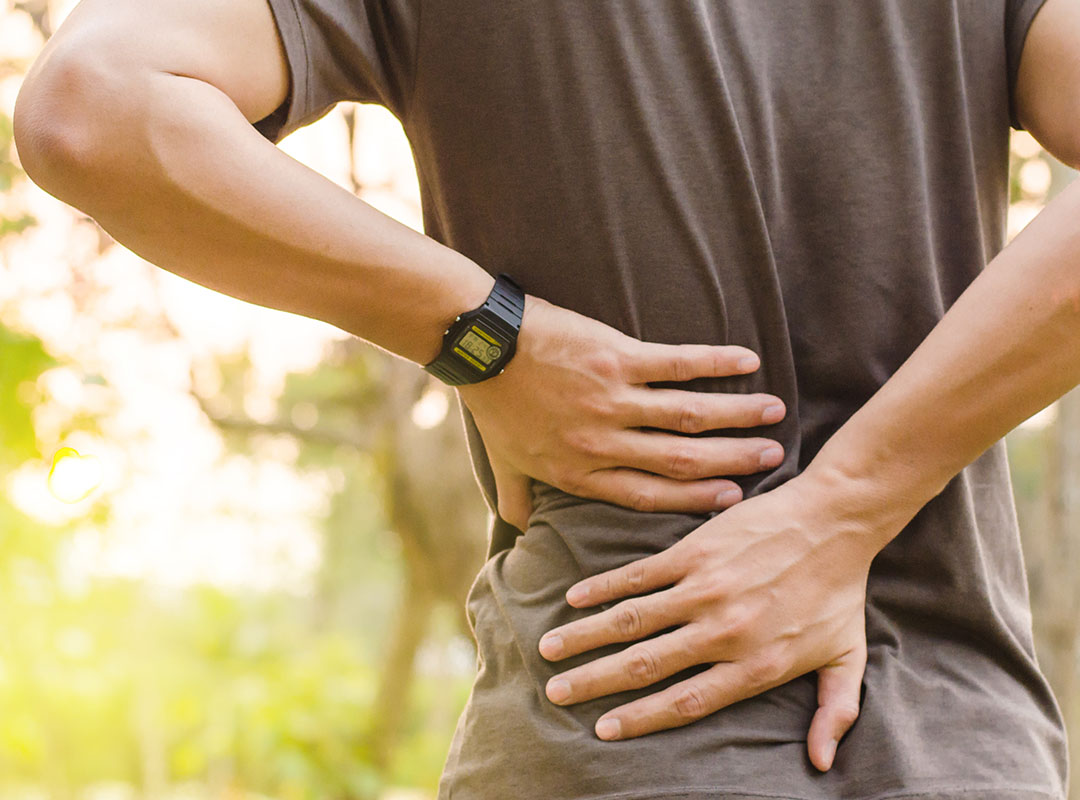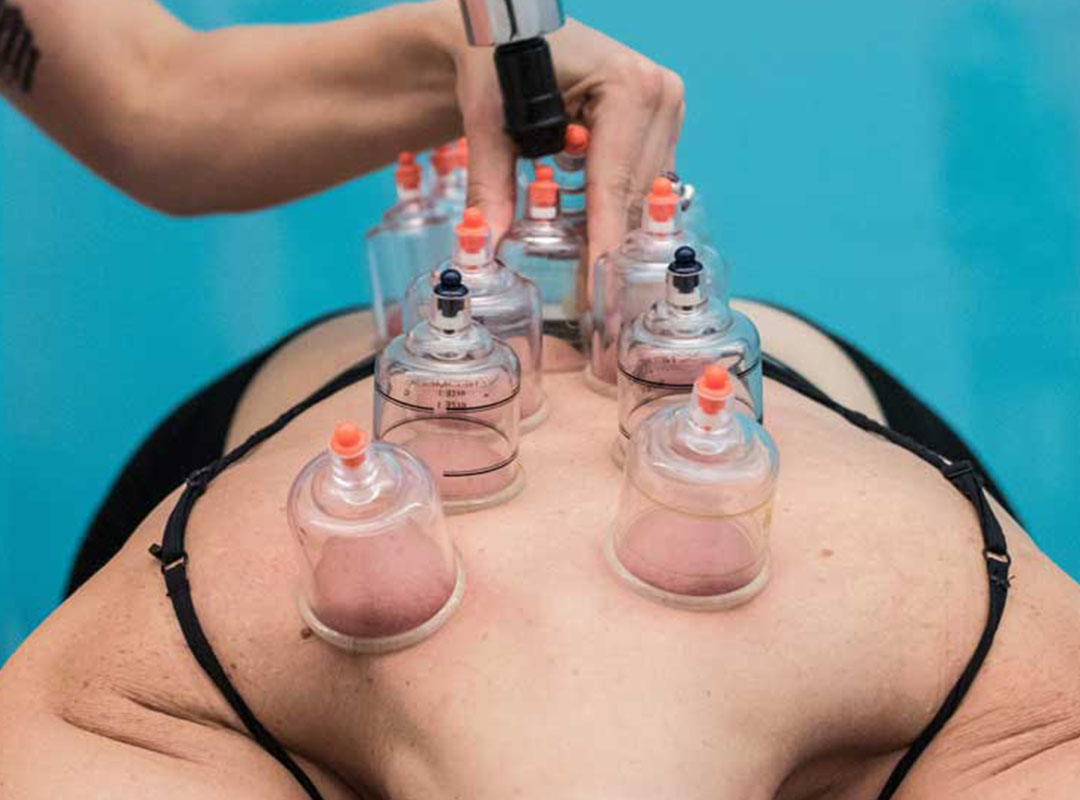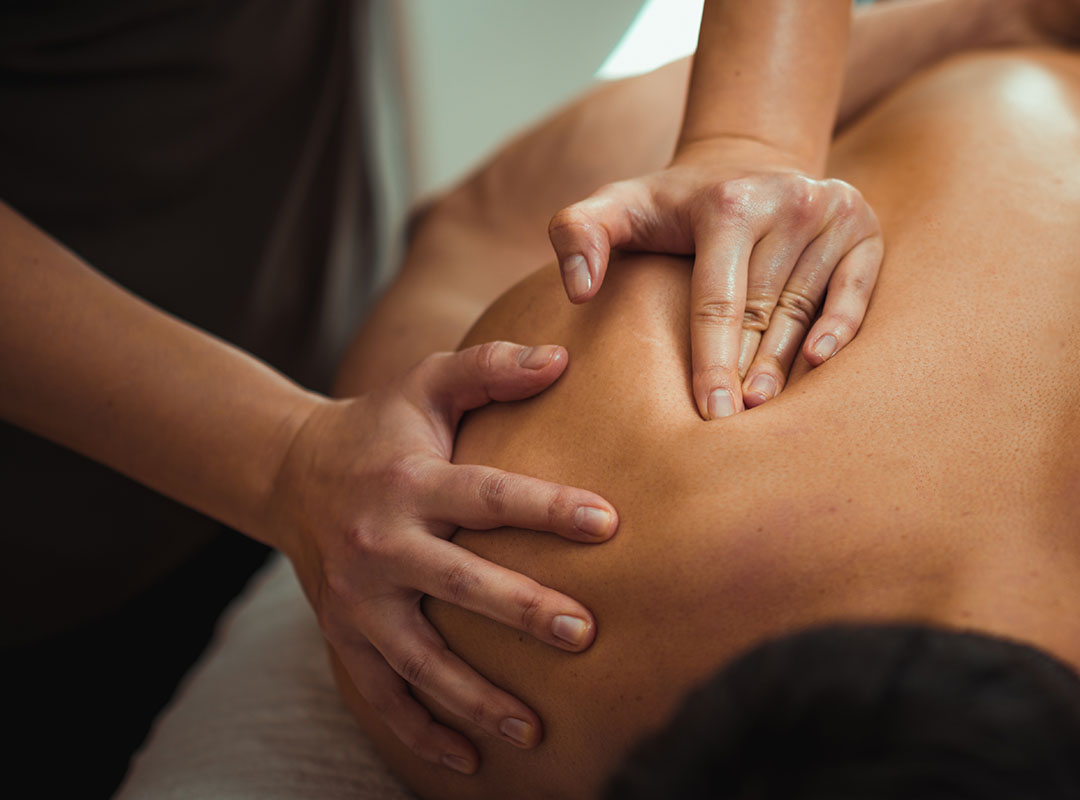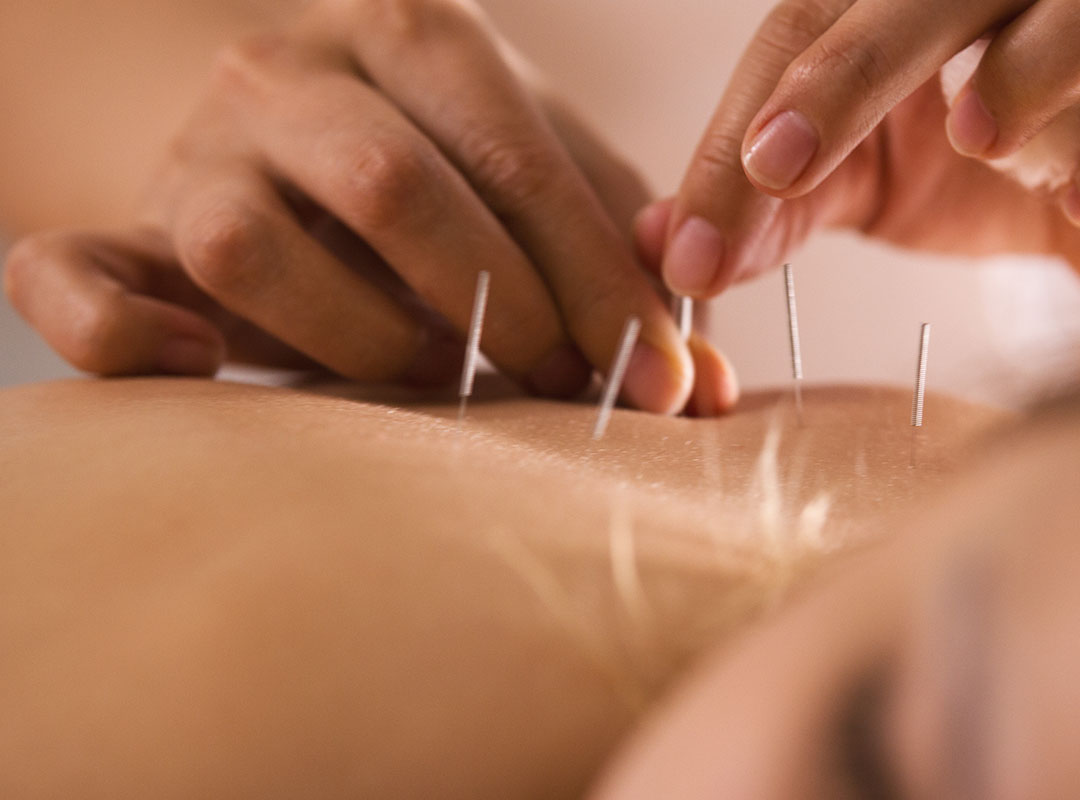Whoops! Looks like something went wrong.
The page you’re looking for might have changed its name or was archived.
Try searching or give us a call at (757) 416-6700:
Thrive Proactive Health Services
Thrive Proactive Health offers holistic and innovative solutions to help you restore, revive, and optimize.
Restorative & Performance Physical Therapy
Relieve pain, dysfunction, stress and disorientation with a variety of physical therapies, including Postural Restoration, Graston Technique, Dry Needling and Vacuum Cupping.
Breathing Therapy & Postural Restoration
We are committed to helping you reach maximum functional performance. Treatment is fully-customized and based on your specific physical needs.
Chiropractic Care
Ensuring your body is functioning as optimally as possible, and supporting your nervous system.
Vacuum Cupping Therapy
Soften tight muscles, release toxins and improve blood flow to tissues with vacuum cupping. Try our Signature Recovery Cupping Therapy for maximum results.
Acupuncture & Chinese Medicine
Traditional acupuncture, auricular acupuncture, and Chinese Medicine for people who need balance, healing, regulation, and more.
Energy Healing
Remove blocks to get energy flowing through your body and learn how to harness the power to heal from within.
MARKET SQUARE
2830 Virginia Beach Blvd.
Virginia Beach, VA 23452
Directions
HOURS
Monday • 9am - 7pm
Tuesday • 9am - 7pm
Wednesday • 9am - 7pm
Thursday • 9am - 7pm
Friday • 8am - 4:30pm
Saturday • 9am - 2pm alternating
Sunday • CLOSED
CONTACT INFO
(757) 364-0067
Fax: 757-416-7777
KEMPS RIVER
1320 Kempsville Road
Virginia Beach, VA 23464
Directions
HOURS
Wednesdays ONLY • 11:30am - 7pm
CONTACT INFO
(757) 364-0067
Fax: 757-416-7777
